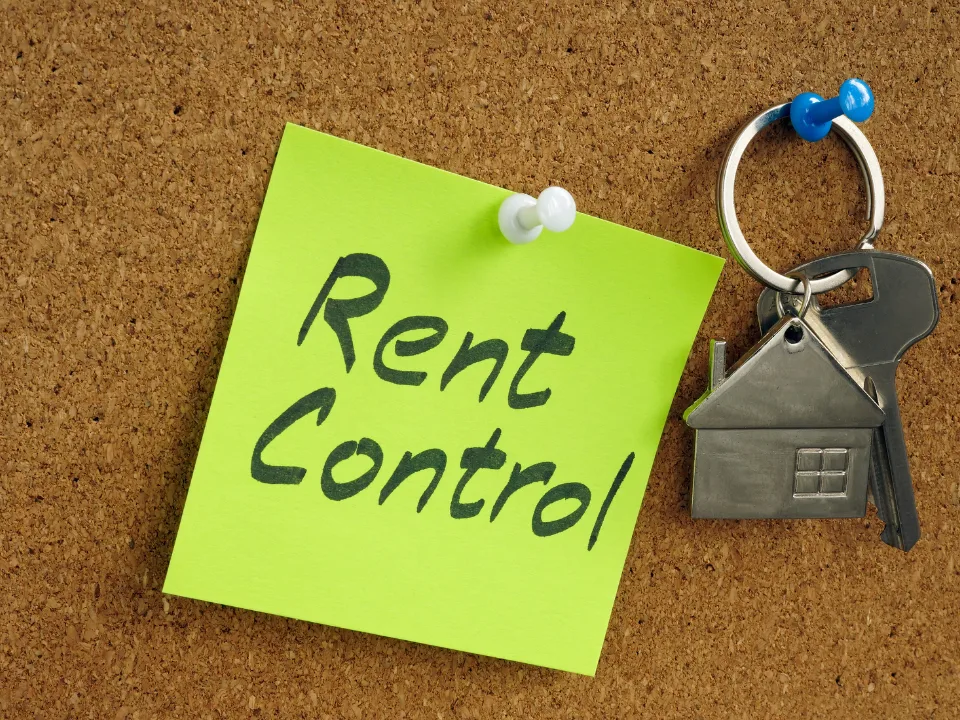- Washington State has approved a new rent control measure, capping annual rent increases at the lesser of 7% plus inflation or 10%, with stricter limits for manufactured housing.
- The law exempts buildings less than 12 years old and is paired with expanded tax incentives for developers focused on affordable housing.
- This move aligns Washington with Oregon and California, as more states and localities adopt rent stabilization measures in response to rising public pressure.
A Growing Trend Takes Root
Washington is set to become the third US state with statewide rent control, following Oregon and California, as reported by Globe St.
The newly approved law caps annual rent hikes at the lower of 7% plus inflation or 10%, excluding properties less than 12 years old. Manufactured housing tenants—who often own their homes but rent the land—face a stricter 5% cap.
Incentivizing Affordability
Alongside rent caps, Washington is also expanding its Multifamily Housing Tax Exemption program. This aims to counteract the potential chilling effect on development by providing incentives for building affordable housing units—a key concern among industry experts.
Get Smarter about what matters in CRE
Stay ahead of trends in commercial real estate with CRE Daily – the free newsletter delivering everything you need to start your day in just 5-minutes
National Context
Washington’s move adds to a wave of rent control legislation across the US In Maryland, Montgomery and Prince George’s counties introduced similar laws earlier this year. Meanwhile, support for national rent control is growing: a 2024 Redfin survey found that 82% of Americans favor rent increase limits, and the Biden administration made an unsuccessful push for federal caps in 2023.
Concerns From The Development Side
Industry leaders like George Carrillo, CEO of the Hispanic Construction Council, warn of unintended consequences. “These protections are critical for renters in the short term,” Carrillo said, “but they also risk discouraging new development, especially when construction costs remain high and profit margins are squeezed by rent limits.”
Why It Matters
With housing shortages intensifying across the country, the debate over rent control highlights a delicate balancing act: protecting renters while ensuring developers are still motivated to build. Experts emphasize that long-term stability will require both regulation and robust new construction.
What’s Next
As rent control gains traction, more states and municipalities are likely to explore similar policies. However, the success of these efforts will depend heavily on whether states can also incentivize enough new housing supply to meet demand.


















